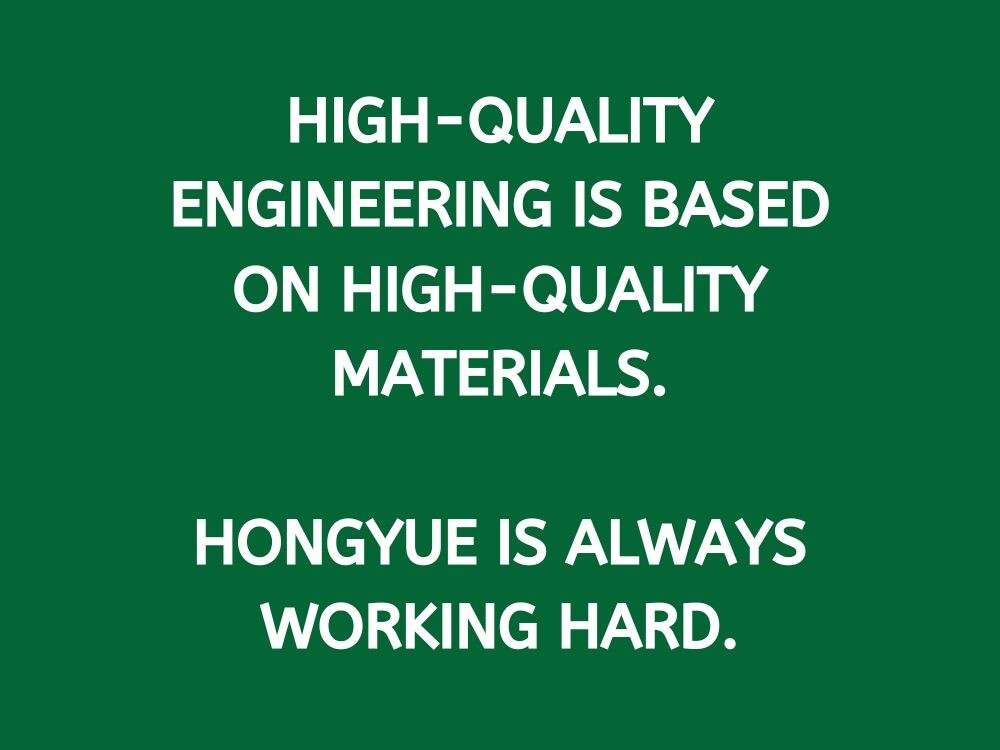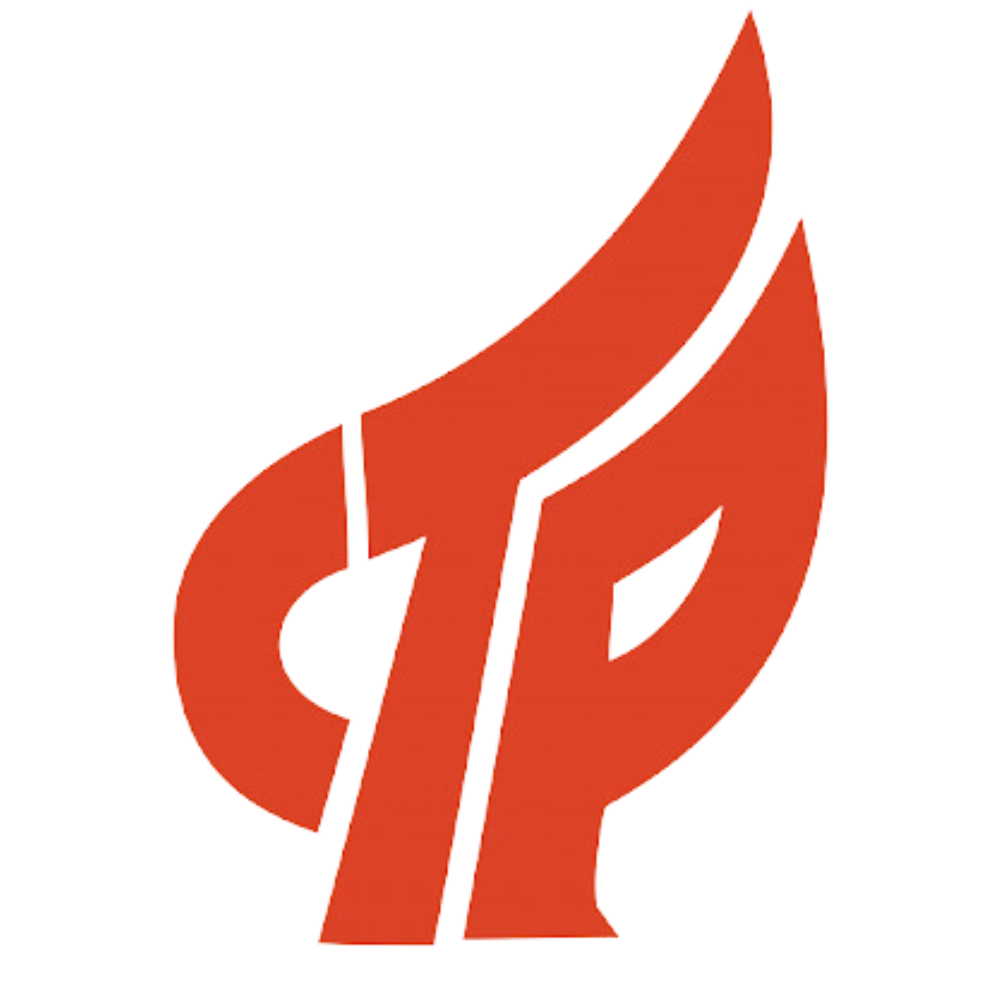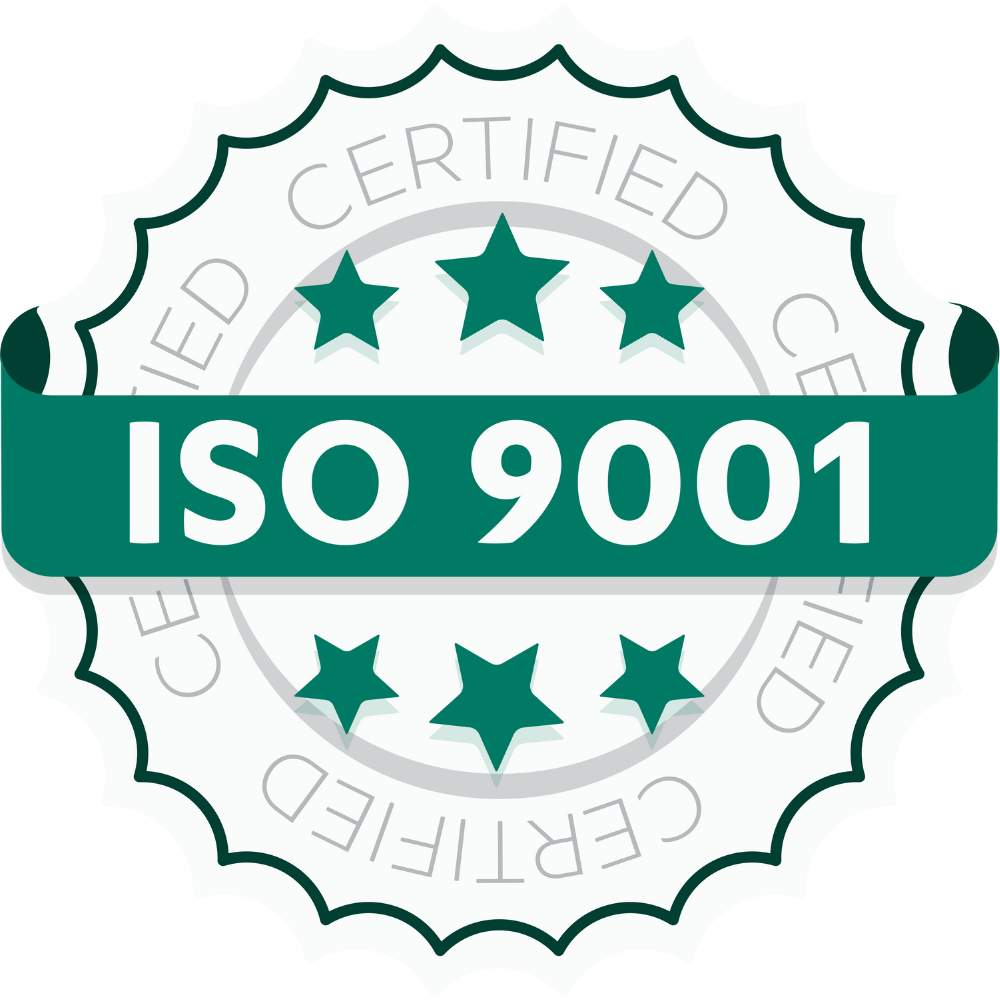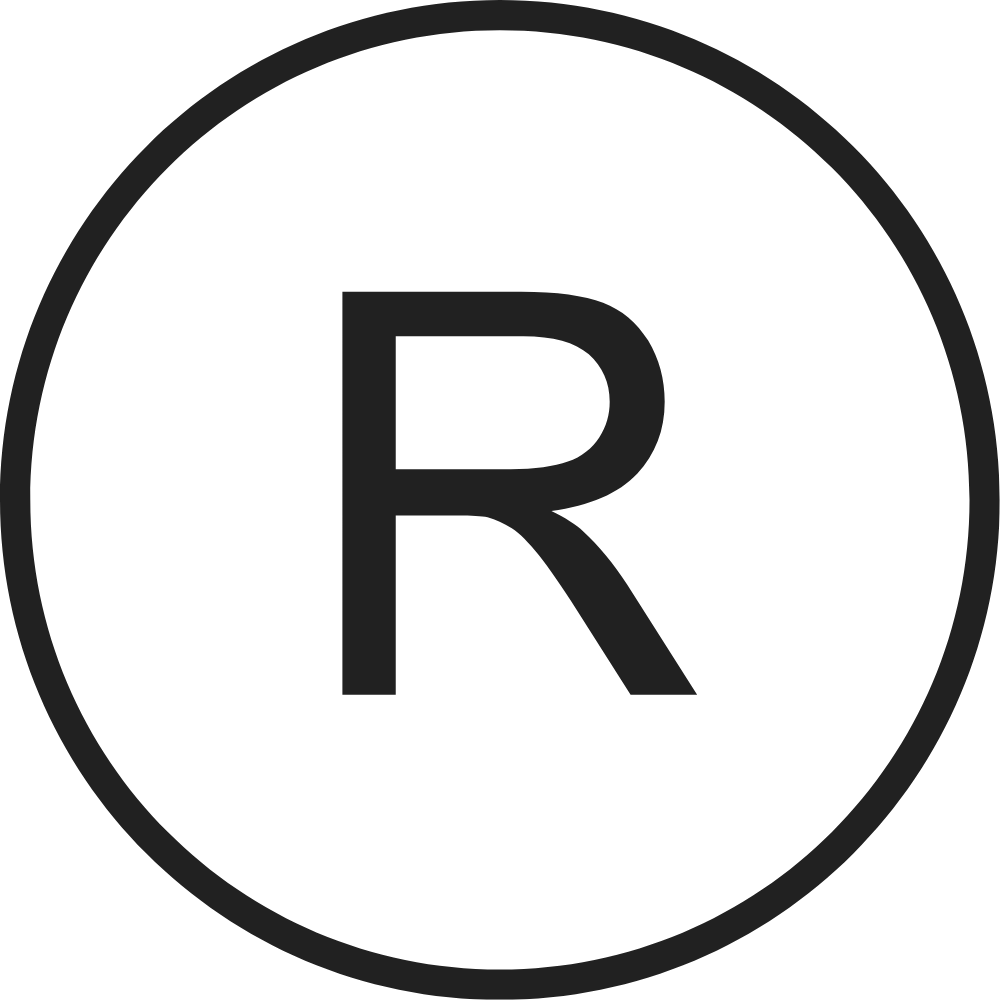HONGYUE transforms its product offerings and expertise into reliable, eco-friendly solutions for construction projects across various industries that support vital infrastructure, communities, and economic growth. HONGYUE recognizes the importance of this role and takes pride in providing industry-specific solutions that help contractors successfully execute their projects while enabling project consultants and owners to save costs, reduce risks, and minimize environmental impact.

Mainly Used to Solve Water Conservancy Anti-Seepage, River Reinforcement, Underground Drainage, Etc.
Recommended Products:
- Non-woven Geotextiles
- Geogrids
- Drainage Boards
- Waterproof Boards
- Composite Anti-Seepage Membranes
Mainly Used to Solve Water Conservancy Anti-Seepage, River Reinforcement, Underground Drainage, Etc.
Recommended Products:
- Non-woven Geotextiles
- Geogrids
- Drainage Boards
- Waterproof Boards
- Composite Anti-Seepage Membranes
Transportation of Geomembrane:
Avoid dragging or pulling the geomembrane roughly during transport to prevent punctures from sharp objects.
Installation Sequence:
Begin installation from the bottom area and extend upward. Avoid stretching the geomembrane too tightly; leave approximately 1.5% slack to accommodate potential localized settlement and stretching.
For slope sections, install from the top down, taking into account the specific requirements of this project.
Seams and Joints:
Longitudinal seams of adjacent sheets should not align horizontally; stagger them by at least 1 meter.
Longitudinal seams should be positioned at least 1.5 meters away from the toe of the slope or corner, placing them on flat sections of the area.
Installation Order:
Begin with the slopes, followed by the base area of the site.
Orientation of Sheets on Slopes:
During slope installation, ensure the direction of the geomembrane roll is aligned roughly parallel to the line of the steepest slope.
Base Layer Inspection:
Ensure that the base layer surface is smooth and free from stones, roots, sharp objects, or any debris that could damage the geomembrane. The geomembrane should have rounded bends rather than rigid right-angle structures.
HDPE Geomembrane Slope and Connection Preparation:
Connections between the HDPE geomembrane on the tank slope and pipes or concrete structures may experience significant tension, potentially leading to detachment at the joints. Therefore, before welding, ensure an overlap width of at least 10 cm, with adequate allowance for movement, and avoid horizontal seams on slopes.
Weld Quality Control:
Welds should be smooth, consistent in thickness, and free of debris or excess weld material. Ensure the surrounding base material remains undamaged. After welding, conduct a comprehensive inspection to ensure a 100% pass rate on weld quality.
If there is no accurate search result, please contact us and we will respond within 24 hours.



